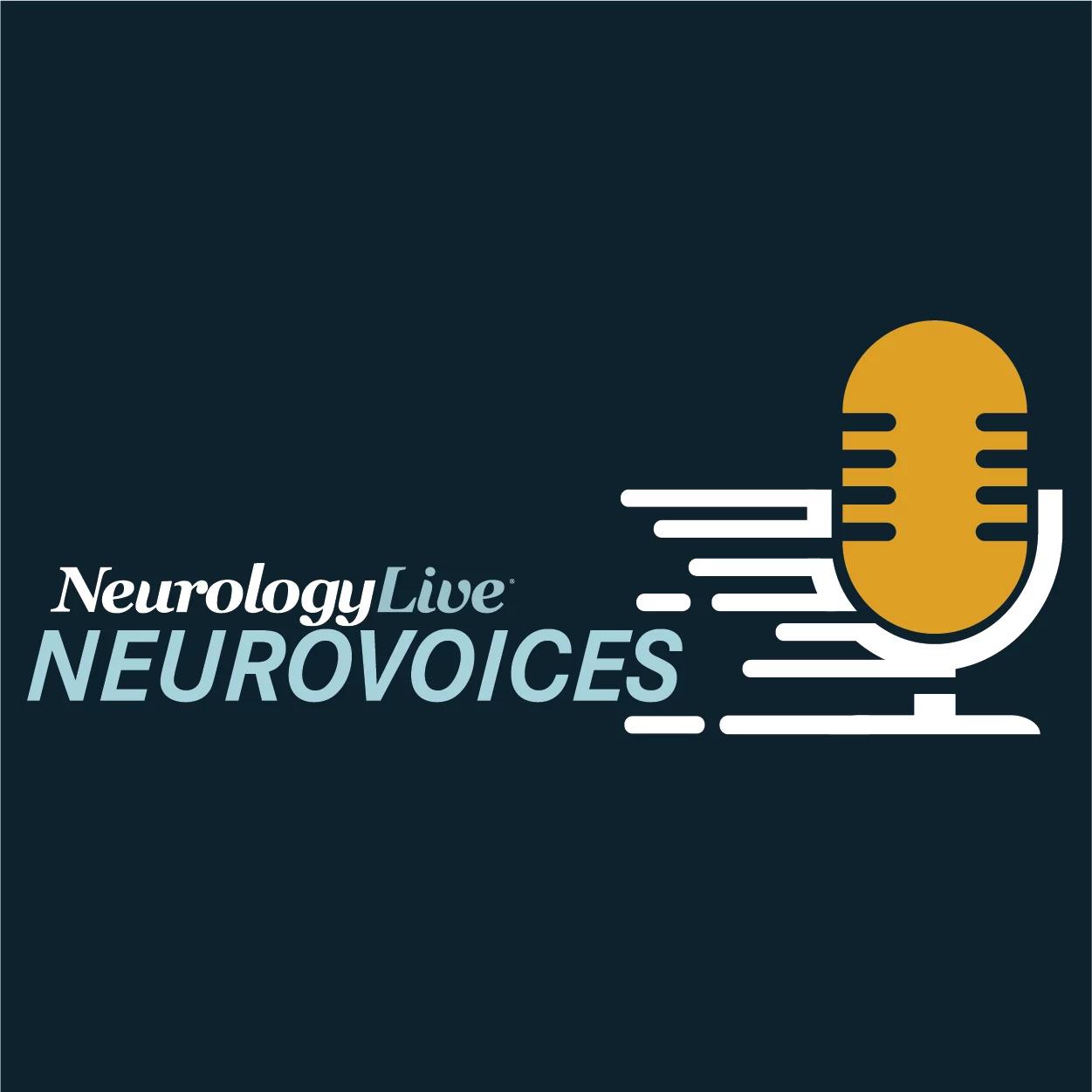Video
Impact of Genetic Testing on Treatment Considerations
Author(s):
A panel of experts in SMA builds a lively discussion on the accuracy and prognostic value of genetic testing and screening and examines how results may impact treatment considerations.
Thomas Crawford, MD: I have a question for you guys, and this is a hard one. We used to have controversies about whether you would intubate a child with SMA [spinal muscular atrophy], knowing that they would have a lifetime on a ventilator. The therapies we have developed have decreased the number of controversies we face, but there are still a few of them at the margins. What do you guys do when treating a child with 1 gene copy who is on a ventilator at birth? What do you do to treat a child with 4 or 5 copies, in terms of therapy? I will toss it out to the panel because I don’t want to answer it.
Basil Darras, MD: Patients with 1 copy of the SMN2 gene usually present with SMA type 0. As we discussed at the Cure SMA guidelines meeting and as reflected in papers that have been published on that, it is up to the family and physician to decide whether they are going to intervene with a therapeutic option for a baby who has only 1 copy of SMN2, given that most of them have severe disease, are symptomatic at birth, and clearly, have disease onset during the pregnancy. There are a few reports of babies who had 1 copy who were treated and had some improvement. That is something that has to be assessed by the family and the physician together to try to make a decision. My opinion is that it is probably too much to treat a baby who has 1 copy of SMN2. Now, if the baby has 4 or 5 copies of SMN2—in the absence of a reliable biomarker, in the absence of a way to pinpoint disease onset—I think we have to err on the side of treating. We have to treat these babies because when they become symptomatic—when they lose reflexes, when they have low tone, when they come to us for weakness—they may have lost already 50% of the motor neurons in the spinal cord. You can never bring them back, so in the absence of a biomarker, again, my advice is to treat babies even if they have 4 copies of SMN2.
Thomas Crawford, MD: What about 5?
Claudia Chiriboga-Klein, MD, MPH: I think I will join in as the counterpart, because Basil and I have had lively discussions on this topic. I agree with you on the type 0, but I do think it depends on how severe the phenotype is at birth. I think that should weigh in, in terms of deciding on palliative care versus treatment. The other point to consider is the difficulty that might be encountered in obtaining an authorization from an insurance company to treat a child who has not been included in the clinical trials. That might be the rate-limiting step, but I do think it depends on the severity of the disease. It is a conversation we must have with the parents. Now, regarding patients with 4-plus copies, I have had this discussion with Tom, and I do feel that 2 copies is different, in that it is important to do it very quickly. You have a little more time with 3 copy numbers, but with 4+ copy numbers, I think it is important to verify—is it 4, is it 5, or is it really 4 at all? I bring up the example of the German Pilot Project of newborn screening where they missed a child who developed symptoms at 18 months of age. When they retested the child, the SMN2 copy number was 3. I think, for the newborn screening, it is important to repeat the SMN2 copy number to make sure it is accurate. If you have a divergence, get a third one to make sure your determinations are based on valid data.I had 1 child with 4+ copies. We waited, we followed, we did clinical assessments, and thanks to Tom, we found a laboratory that distinguished the 4 from the 5, and we decided not to treat the patient. Now, regarding treatment, I have strong concerns about treating infants who may not have disease with a biological agent because I have seen a grandfather with 4 SMN2 copy numbers who is entirely asymptomatic with no SMN1 [gene copies]…. Treating with a biological agent there might have very serious or even deadly consequences. I think therapies where you can stop and start as needed would be fine. I am not sure that we should rush to treat everybody with the 4+ copies.
Basil Darras, MD: Again, the possibility of having somebody who has 4 copies who would not become symptomatic is very small. There have been reports, as all of us know, but you may not want to use gene therapy; maybe you want to use nusinersen, for example, or risdiplam. If you do not want to use gene therapy, as I said, by the time these people become symptomatic, they have lost a lot of motor neurons in the spinal cord. I do not believe that an EMG [electromyography] or a CMAP [compound motor action potential] is going to tell you when the disease started. I think it is impossible; it is not accurate. By the time patients become symptomatic—I repeat myself—they have lost as many as 50% of the motor neurons in the spinal cord. That is catastrophic, and the only way to prevent it would be to preemptively treat them early and not wait, because 80% of these children are diagnosed during the first 3 years of life. Why wait for these kids to lose motor neurons?
Thomas Crawford, MD: There are 2 other controversies worth thinking about. No. 1 is that not everyone is going to be picked up by the newborn screening. We used to diagnose SMA because of symptoms we saw. Now, I think there is a real probability that SMA will not be thought about, because we all know that it is being screened for, and so the 5% of kids not caught are likely to go further into their course before they are identified as having the disease. So vigilance is still required. It is going to be rare, and it is going to be harder because very few people are going to be seeing kids with SMA in infancy during their pediatric residency, and so it will not be on their minds anymore. The second interesting thing to think about is the incidence of the modifier gene in the SMN2 gene, so the people with low copy numbers actually could have substantially milder cases. You have to know to ask to get that modifier gene done…. We have 2 cases here that have 2 copies, who are walking, and as it turns out, they have the modifier gene. That would have an influence. Of course, I am treating both patients because they both have SMA, and they deserve treatment, but it modifies how we think about them.
Basil Darras, MD: It is just that the modifier testing is not commercially available, to the best of my knowledge.
Thomas Crawford, MD: You can get it if you ask Invitae Corp for it specifically; they will not report it, but they will tell you.
Basil Darras, MD: If you ask, yes.
Claudia Chiriboga, MD, MPH: Good to know.
Basil Darras, MD: Regarding the issue of 5 copies, in the PNCR [Pediatric Neuromuscular Clinical Research Network] natural history studies, we had type 3 patients who had 5 copies. Determining the quantity is an issue, but if you repeat the test in a reliable laboratory and you get 4 copies of SMN2, I think you have to think seriously about treatment.
Carolina Tesi Rocha, MD: This brings up one important point here, which is what are the applications that we have these days? I guess that copy number is probably the best we have these days to do prognostication in the long run, but we all know that it is not perfect. When trying to identify biomarkers that will tell us if a patient has responded, not responded, or when to treat in those cases, there is controversy based on whether the patient has 4 or 5 SMN2 copies. I think this is one of the big needs we have these days, facing the dilemma of do we treat or do we not treat? I do agree with the rest of my peers; for the patients with type 0, there has to be a very clear conversation with the families about what the expectations are, given the fact that these were not included in the initial trials.
Crystal Proud, MD: Thank you for watching this NeurologyLive® Peer Exchange. If you enjoyed the content, please subscribe to our e-newsletters to receive upcoming Peer Exchanges and other great content right in your inbox.
Transcript Edited for Clarity
Newsletter
Keep your finger on the pulse of neurology—subscribe to NeurologyLive for expert interviews, new data, and breakthrough treatment updates.





